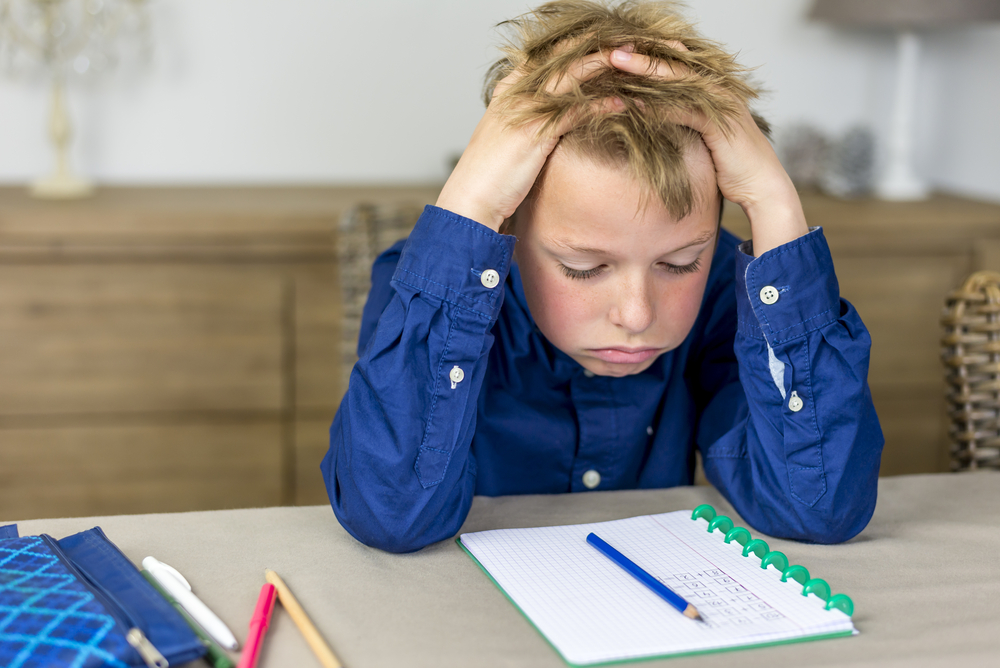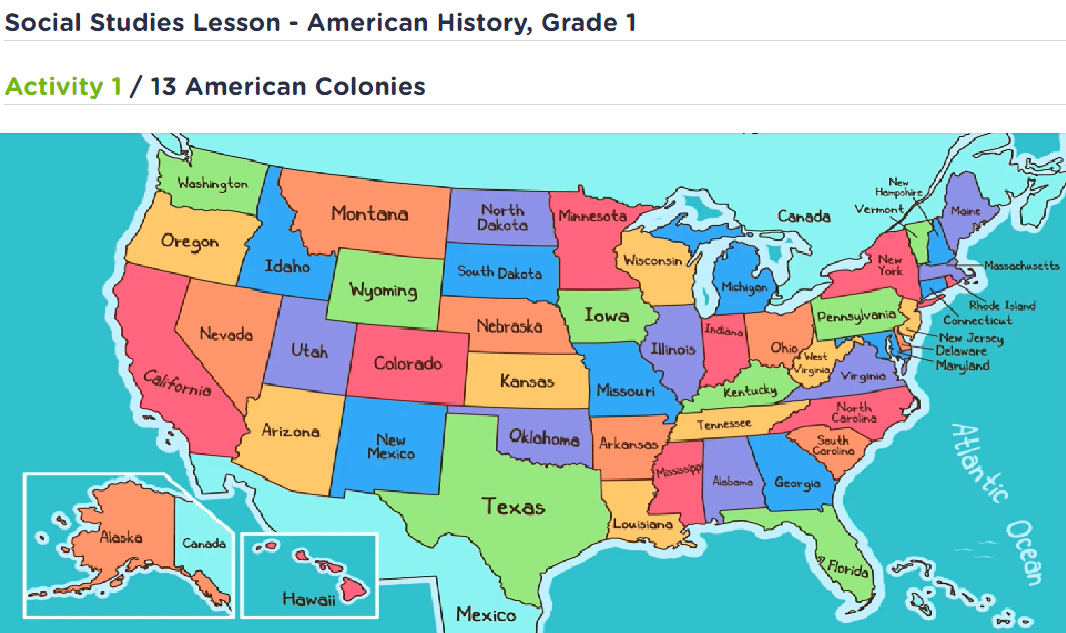Letter-sound recognition Normal Worksheets for Ages 7-8
3 filtered results
-
From - To
Our "Letter-Sound Recognition Normal Worksheets for Ages 7-8" are designed to enhance essential literacy skills in young learners. These engaging activities help children connect letters to corresponding sounds, an important step in language development. With fun exercises and colorful illustrations, these worksheets boost phonemic awareness, ensuring a seamless transition from recognizing letters to reading confidently. Perfect for both classroom use and at-home practice, they provide a solid foundation for a lifelong love of reading. Parents and educators alike trust our resources to ignite curiosity and support academic growth. Download today to unlock endless learning possibilities!
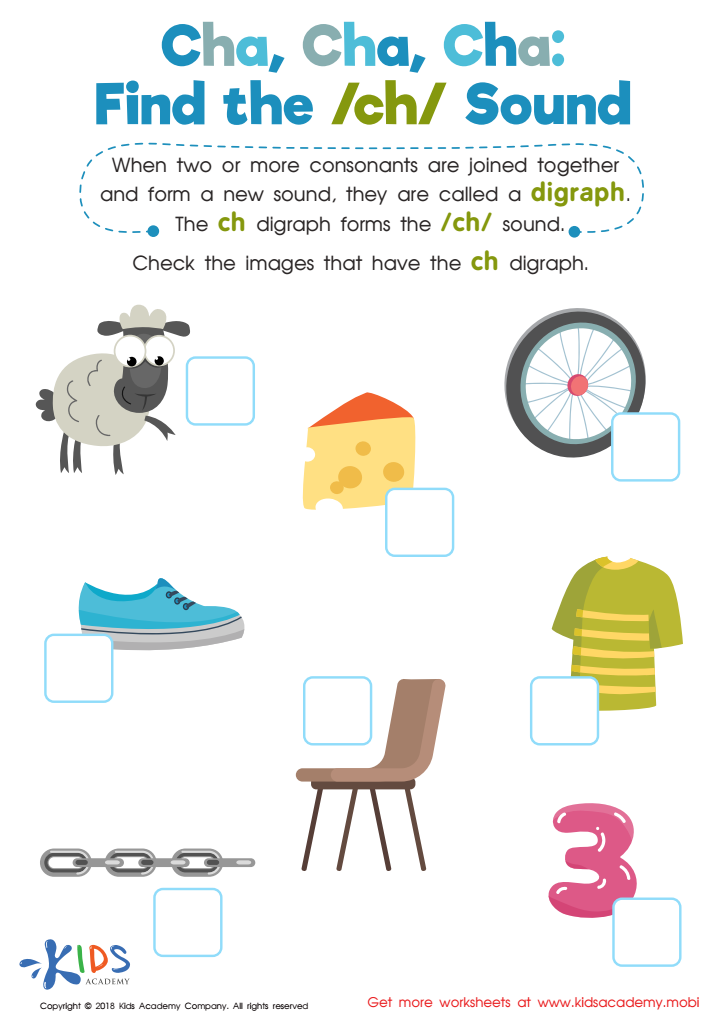

Cha, Cha, Cha: Find the /Ch/ Sound Worksheet
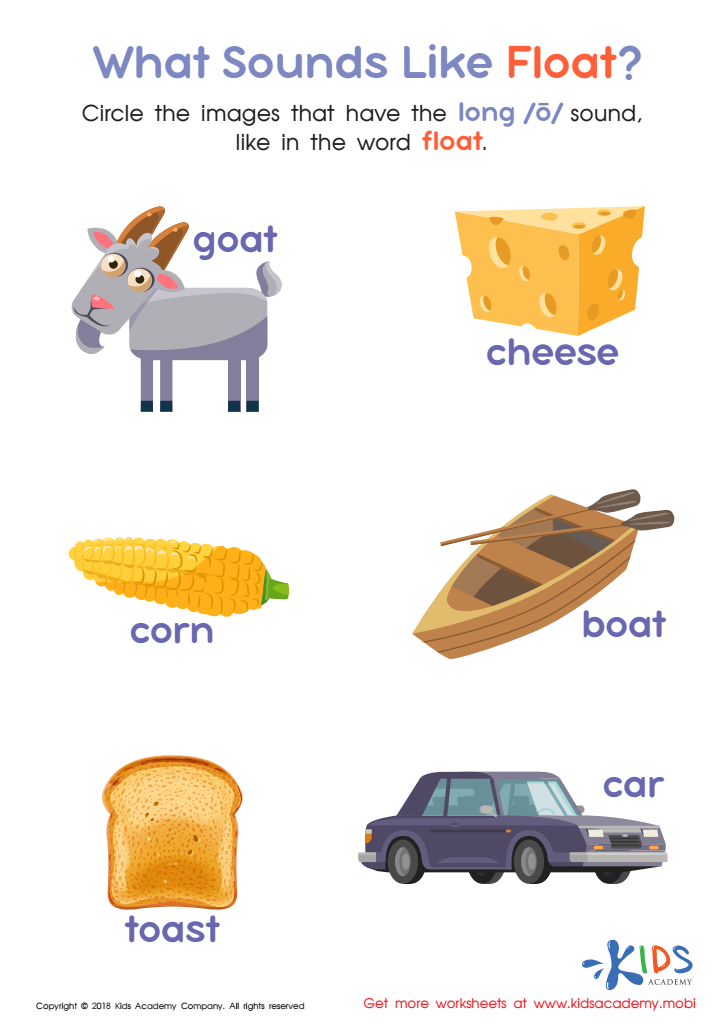

What Sounds Like Float? Worksheet
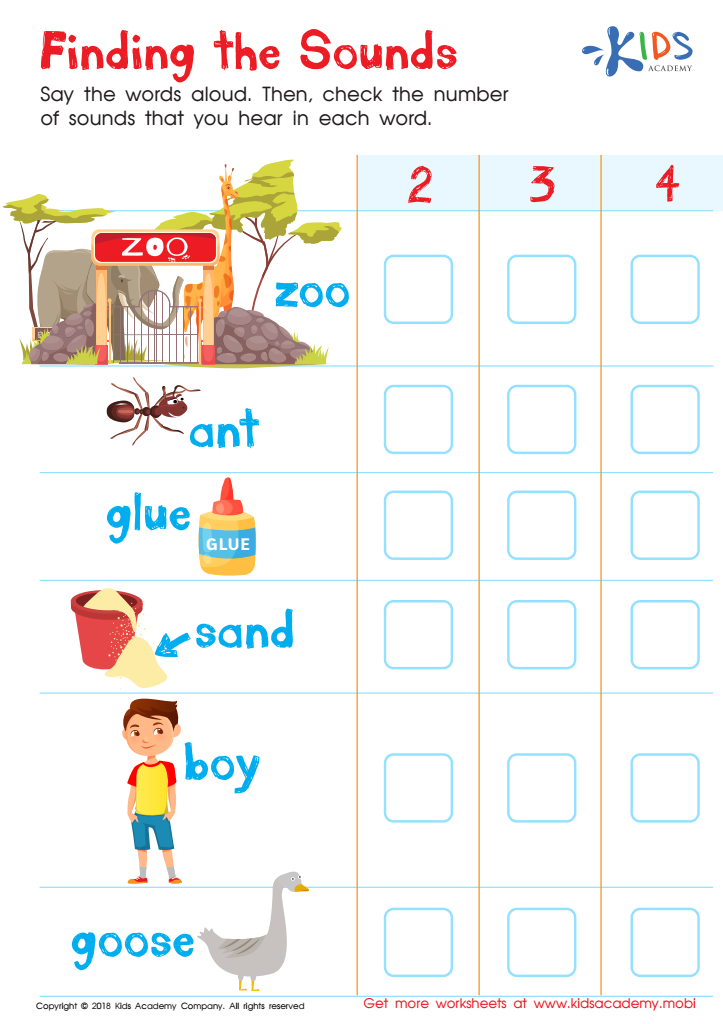

Finding the Sounds Worksheet
Letter-sound recognition is a fundamental aspect of early literacy and crucial for children aged 7-8. Parents and teachers should care deeply about this skill because it forms the foundation for reading and writing proficiency. At this age, children transition from simple visual recognition of letters to understanding and applying the sounds those letters represent. Mastery in letter-sound recognition enables children to decode words phonetically, fostering their ability to read unfamiliar words independently.
Without a strong grasp of letter-sound associations, children may struggle with reading fluency, which can affect their comprehension and overall academic performance. For instance, if a child can't quickly and accurately connect letters to their sounds, their reading will become laborious and can lead to frustration and disengagement from learning activities.
Moreover, proficiency in letter-sound recognition supports spelling skills. When children understand how letters combine to form sounds, they can apply this knowledge to spell new words, enhancing their writing abilities.
Early intervention in developing these skills can prevent future reading difficulties and promote confident, successful learners. By prioritizing letter-sound recognition, parents and teachers lay the groundwork for lifelong literacy, academic success, and a love for reading.
 Assign to My Students
Assign to My Students




